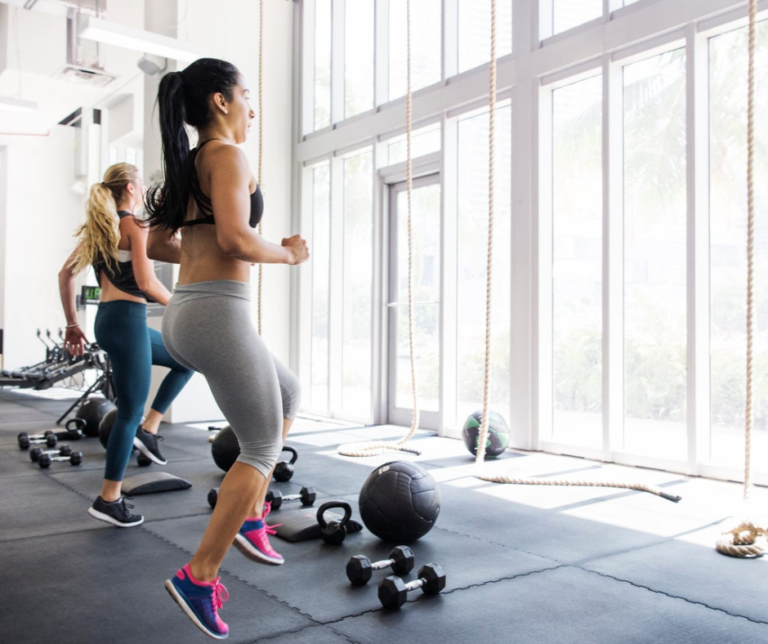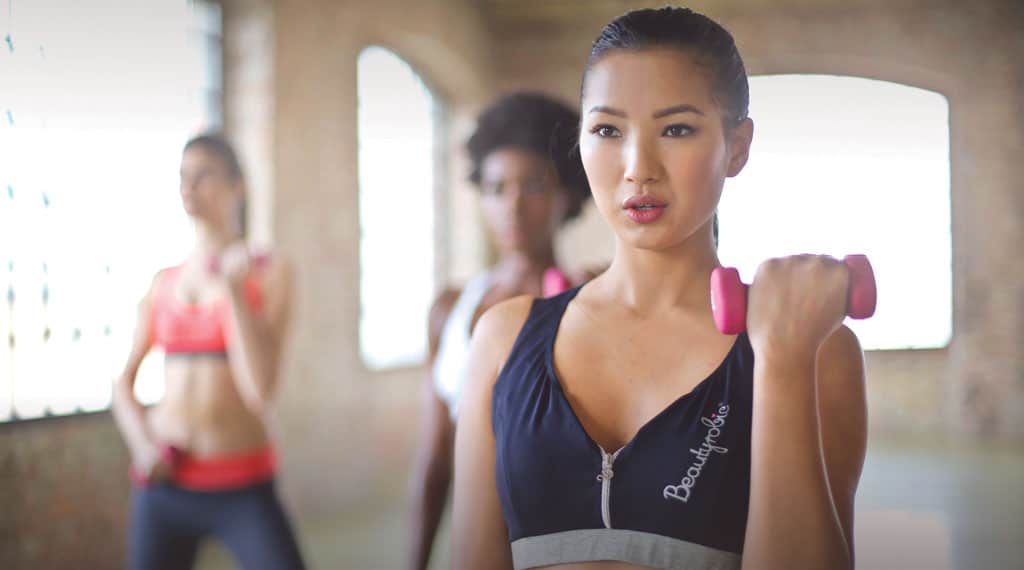Want to get fit but don’t know where to start? This beginner-friendly guide walks you through how to start a fitness routine, set goals, choose workouts, stay consistent, and see real results.
Introduction
Starting a fitness routine can feel overwhelming—especially if you’re new to exercise or returning after a long break. With so much information out there, it’s hard to know what really works or where to begin.
The good news? You don’t need to be an athlete or join a fancy gym to get fit. All you need is the right mindset, a simple plan, and consistency.
In this guide, you’ll learn:
- How to set realistic fitness goals
- The best beginner-friendly exercises
- How to create a weekly workout schedule
- Tips to stay motivated and avoid injury
- Common mistakes to avoid
Let’s break it all down step by step.
Step 1: Know Your ‘Why’
Before you even pick up a dumbbell or lace up your sneakers, ask yourself: Why do I want to start working out?
Your reason might be:
- To lose weight
- To gain energy
- To build muscle
- To manage stress or anxiety
- To improve health (e.g., lower blood pressure or cholesterol)
- To feel more confident
Knowing your “why” gives you purpose, and that purpose will keep you going on tough days.
Step 2: Set Realistic & Specific Goals
Avoid vague goals like “I want to get fit.” Instead, set SMART goals:
- Specific: “I want to walk 30 minutes a day.”
- Measurable: “I want to lose 5 kg in 2 months.”
- Achievable: “I’ll work out 3 times per week to start.”
- Relevant: “I want to lower my blood sugar naturally.”
- Time-bound: “I want to run a 5K in 3 months.”
Write your goals down and track your progress weekly.
Step 3: Choose Activities You Enjoy
The best workout is the one you’ll actually do. So don’t force yourself to run if you hate running.
Here are beginner-friendly options to try:
Cardio Exercises:
- Walking (outdoors or treadmill)
- Cycling (outdoors or stationary bike)
- Dancing/Zumba
- Swimming
- Jump rope
Strength Training:
- Bodyweight exercises (squats, lunges, push-ups)
- Resistance bands
- Dumbbell workouts
- Machines at the gym
Flexibility & Recovery:
- Yoga
- Pilates
- Stretching routines
- Foam rolling
Start with what sounds fun and easy to commit to. You can always add variety later.
Step 4: Create a Weekly Workout Schedule
Consistency matters more than intensity in the beginning. Here’s a simple beginner weekly plan:
| Day | Activity |
|---|---|
| Monday | 30-min brisk walk + 5-min stretching |
| Tuesday | Bodyweight strength (20–30 mins) |
| Wednesday | Rest or light yoga |
| Thursday | Cardio (bike, dance, or jog – 30 mins) |
| Friday | Strength training (light weights or bands – 30 mins) |
| Saturday | Active recovery (yoga, walking, play with kids) |
| Sunday | Rest |
Tips:
- Start with 3–4 days a week, then gradually increase
- Mix cardio and strength for best results
- Include 1–2 rest or recovery days
- Schedule workouts like appointments in your calendar
Step 5: Learn Basic Exercise Form
Bad form leads to injury. Start slow and learn the correct technique for each exercise.
Here are a few tips:
- Use mirrors or videos to check form
- Start with bodyweight before adding resistance
- Warm up (5–10 mins) before any workout
- Cool down and stretch afterward
Great exercises for beginners:
- Squats
- Lunges
- Push-ups (modified if needed)
- Planks
- Glute bridges
- Step-ups
If you’re unsure, use fitness apps or YouTube channels with certified trainers.
Step 6: Fuel Your Body Right
You don’t need a strict diet, but your nutrition supports your workouts.
Basic guidelines:
- Drink plenty of water
- Eat balanced meals with protein, carbs, and healthy fats
- Have a light snack before workouts (banana, nuts, oats)
- Refuel after workouts with protein + carbs (smoothie, yogurt with fruit, eggs with toast)
Avoid highly processed foods, sugar-filled drinks, and skipping meals.
Step 7: Track Progress Without Obsessing
You don’t have to weigh yourself daily or track every calorie. But some form of progress tracking helps.
Track:
- How many workouts you complete weekly
- How your energy, mood, and sleep improve
- How your clothes fit
- Progress photos every 2–4 weeks
- Body measurements (waist, arms, hips)
Fitness is about more than the number on the scale!
Step 8: Stay Motivated & Build Habits
Motivation may come and go—but habits keep you consistent.
Tips to stay motivated:
- Workout with a friend or join a group
- Listen to music or audiobooks during workouts
- Celebrate small wins (completing a week, adding reps, etc.)
- Set mini challenges (e.g., 10,000 steps/day, 30-day squat challenge)
- Reward yourself (not with junk food—think new shoes, massage, etc.)
Step 9: Avoid Common Beginner Mistakes
- Doing too much too soon:
Start slow. Your body needs time to adapt. - Skipping rest days:
Recovery is just as important as workouts. - Comparing yourself to others:
Focus on your journey, not someone else’s results. - Relying on motivation alone:
Build a routine—even on days you don’t feel like it. - Ignoring nutrition:
You can’t out-exercise a bad diet. - Expecting overnight results:
Real fitness takes time. Stay patient and consistent.
Frequently Asked Questions (FAQs)
Q: I’m overweight and out of shape. Can I still start a fitness routine?
A: Absolutely! Start with low-impact exercises like walking, chair workouts, or water aerobics. You’ll build stamina over time.
Q: Do I need a gym membership?
A: No. Many people get great results working out at home with minimal or no equipment.
Q: How long should I work out as a beginner?
A: Start with 20–30 minutes, 3–4 times per week. You can increase as you get stronger.
Q: How soon will I see results?
A: You may feel more energetic and sleep better in 1–2 weeks. Visible changes can take 4–8 weeks with consistency.
Beginner Fitness Equipment (Optional but Helpful)
You don’t need much, but these can enhance your workouts:
- Yoga mat
- Resistance bands
- Light dumbbells (2–5 kg)
- Jump rope
- Stability ball
- Foam roller
Final Thoughts: Start Small, Stay Consistent
Starting a fitness routine doesn’t mean you need to be perfect. It means you’re showing up—for yourself.
- Choose activities you enjoy
- Set small, achievable goals
- Celebrate progress, not perfection
- Be kind to yourself on off days
In just a few weeks, you’ll be amazed at how much stronger, more confident, and healthier you feel.
Remember: The hardest part is getting started. The best time to begin is now.







